Eating is supposed to be one of life’s simplest pleasures—unless there is an uninvited guest lurking in your snack. Mold can sneak into food without showing any obvious red flags, and chances are, it has already ruined a few meals. This article will lift the lid on those hidden warning signs before the next bite surprises you!
Lids on Reusable Water Bottles
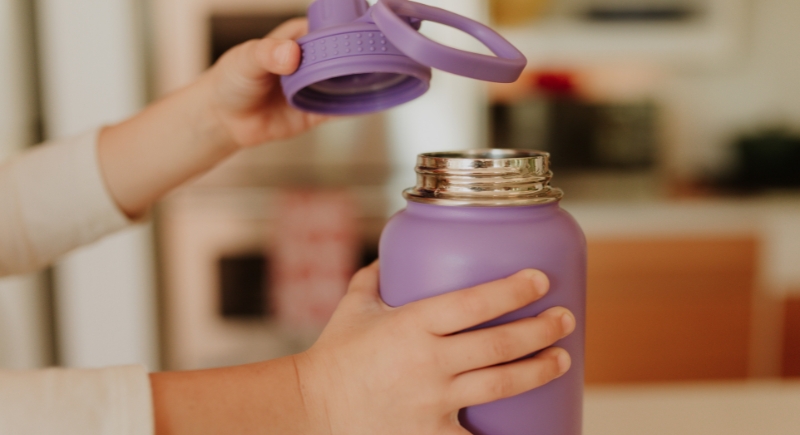
Credit: Canva
The rubber seals and narrow crevices inside the lid love to lock in dampness. Icky bacteria and mold often build up inside reusable bottles when they are not adequately cleaned. So, washing only the bottle and ignoring the lid is a big mistake.
Dented Canned Goods
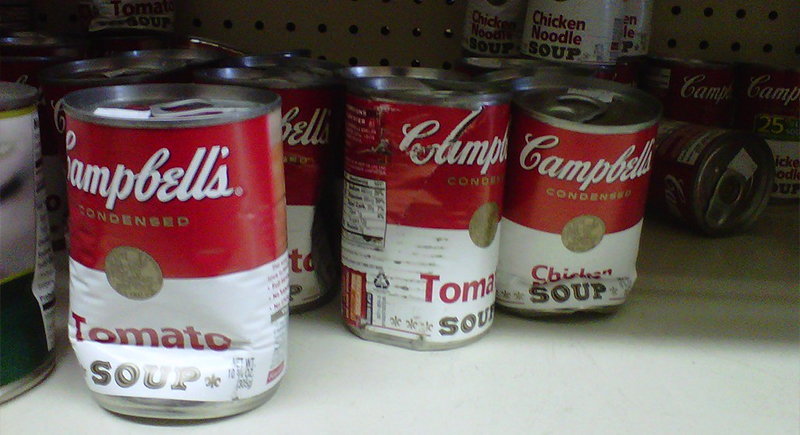
Credit: flickr
That little dent on a can of soup might seem harmless, but dents along the seams break the airtight seal and allow bacteria and mold to sneak in. Even if the can looks mostly fine, microscopic cracks could let contamination fester.
Ice Cubes With a Weird Smell
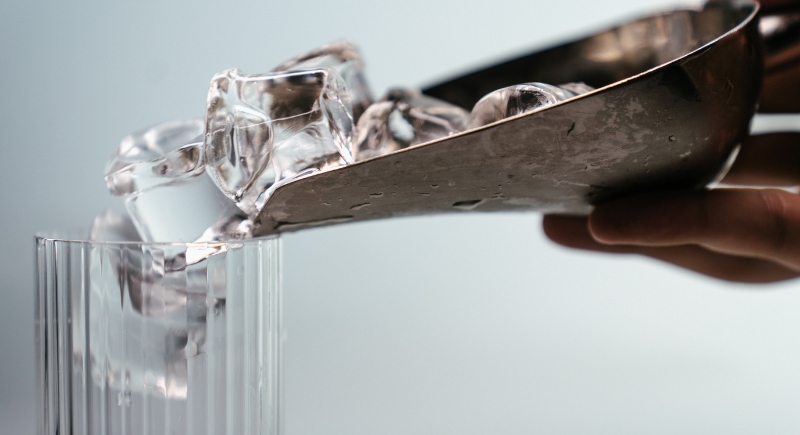
Credit: pexels
If your ice smells like an old freezer aisle, there is a good chance that mold is hanging out in the ice maker. Moist environments like ice trays and automatic ice machines are mold magnets. Even a faint musty smell can mean spores are living rent-free.
Leftovers Kept Too Long in Plastic Containers
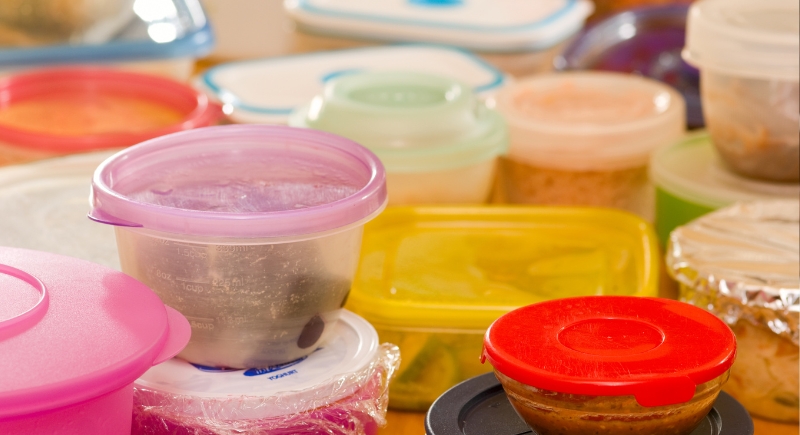
Credit: Getty Images
Leftovers should not be kept longer than 3 to 4 days. Plastic containers sometimes trap moisture against the food. Plus, if the lid seals tightly but the container stays warm, it's even worse. Mold thrives in that kind of cozy environment.
Build-Up on the Shower Head

Credit: Getty Images
Mold and bacteria, including Mycobacterium avium, can grow inside shower heads and be released into the air with the steam. Breathing in this contaminated steam can stuff up your nose and weaken your sense of smell, which can even make it harder to notice when food has gone bad.
Moldy Lines on the Fridge Shelves

Credit: iStock photos
Moldy streaks along fridge shelves usually mean food particles or spilled liquids sat around long enough for spores to grow. Even in cold temperatures, mold can survive and slowly spread to nearby foods. When produce touches these surfaces, it picks up invisible contamination.
The Sponge in Your Kitchen Sink
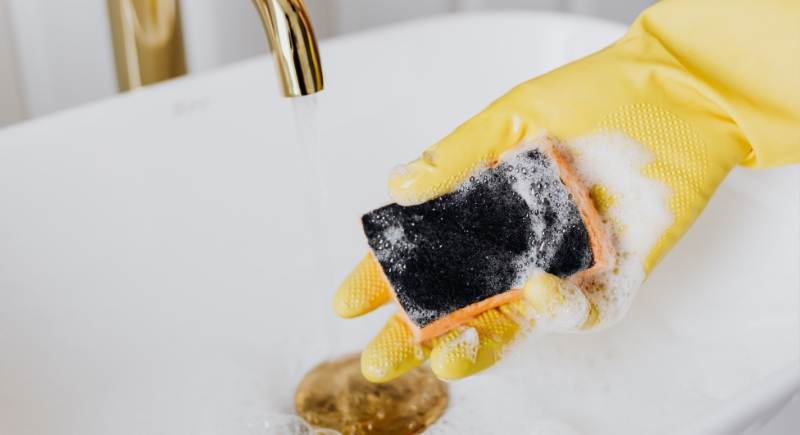
Credit: pexels
Kitchen sponges hold onto residual moisture, crumbs, and food oils, which create perfect conditions for mold to thrive. Sponges harbor molds and bacteria deep inside the fibers, where regular rinsing barely touches them. Every time a sponge wipes a surface, it can carry those spores along.
Leftover Crumbs in Your Toaster
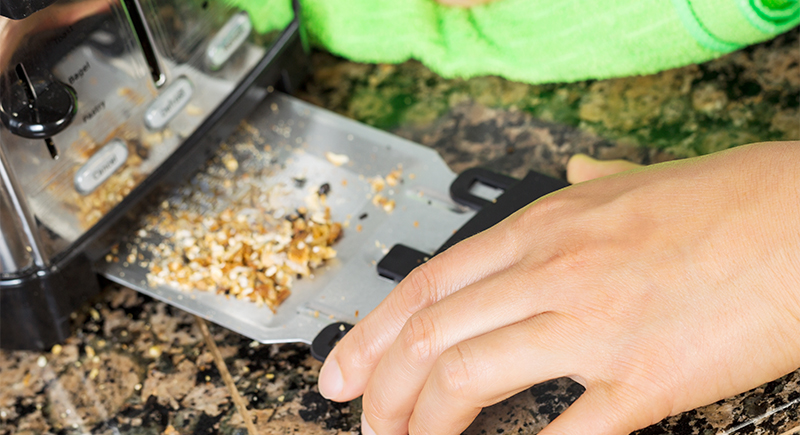
Credit: iStock photos
Crumbs left at the bottom of a toaster soak up humidity. Even though the toaster heats up during use, small pockets inside may never get hot enough to kill spores. As new slices of bread are toasted, spores from old crumbs can move onto fresh food.
Coffee Makers That Rarely Get a Deep Clean

Credit: Getty Images
The combination of lingering moisture, warmth, and dark spaces inside a coffee maker is dangerous. Water reservoirs and piping parts stay damp even after brewing and allow spores to settle and grow. The growing mold can even change the smell and flavor of the coffee.
Crusty Bottle of Ketchup or Mustard
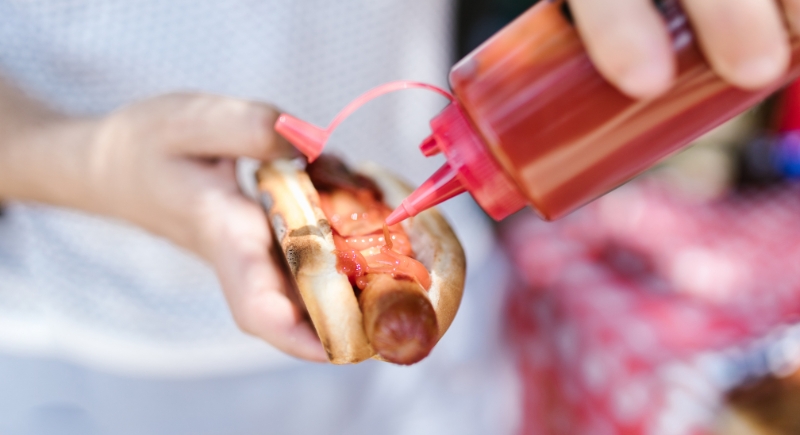
Credit: pexels
The dried crust around condiment lids collects bits of food and moisture. Although the rest of the sauce inside the bottle might look fine, spores growing near the opening spread into the contents over time without changes in taste or smell.
Forgotten Fruits at the Bottom of the Bowl
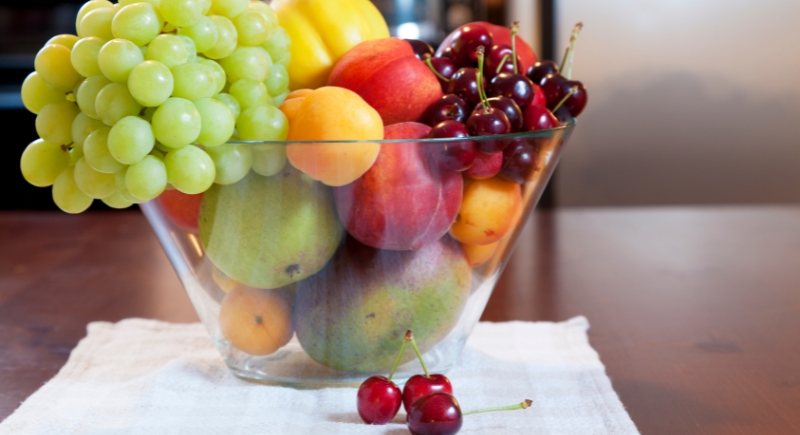
Credit: Getty Images
As fruit softens, it releases moisture and natural sugars that mold spores love. Even if the spoiled fruit is hidden under a fresh-looking pile, invisible mold can float through the air and settle on healthy ones. This way, the whole batch gets contaminated.
Soft or Soggy Bread Crust
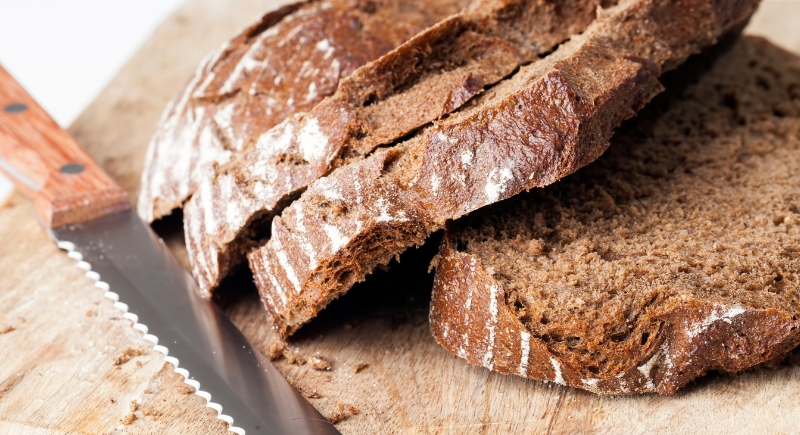
Credit: Getty Images
Bread with a damp or spongy crust often means mold is getting a head start, even if you cannot see any fuzzy spots yet. Mold grows easily in humid conditions, and bread’s porous surface retains moisture from the air, especially if the bread is stored in plastic bags.
Cloudy Inside of Food Storage Containers
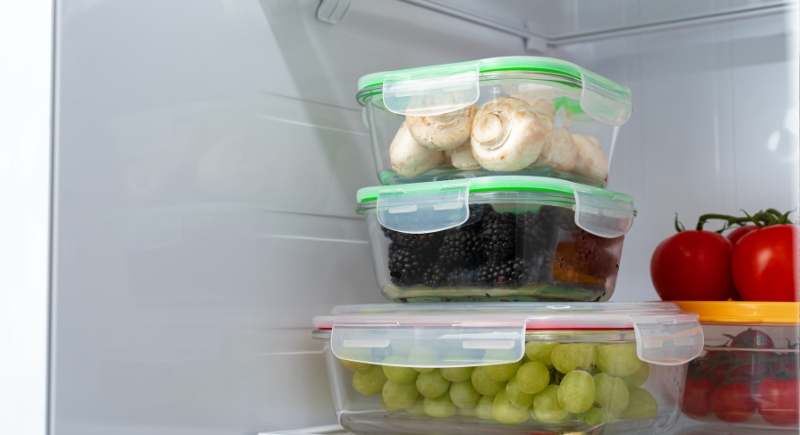
Credit: Getty Images
When plastic containers turn cloudy, it is a sign that they have absorbed oils, acids, and microscopic bits of food. Scratches and tiny pores in the plastic give mold the perfect places to settle and grow. Even after a good wash, soap cannot always reach these micro-crevices.
Reusable Grocery Bags
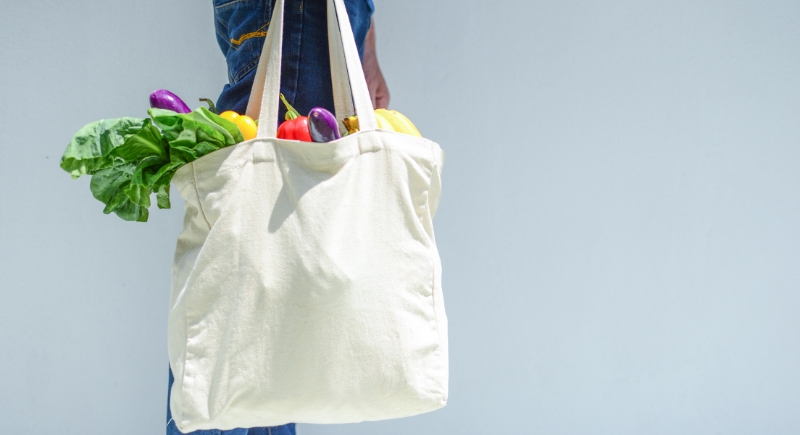
Credit: Getty Images
Reusable grocery bags, especially the cloth and non-woven fabric types, soak up moisture and trap tiny bits of food without much effort. When folded and tossed into the trunk or closet without a wash, bags stay slightly damp, which gives mold the perfect environment to grow.
Moldy Chopping Boards
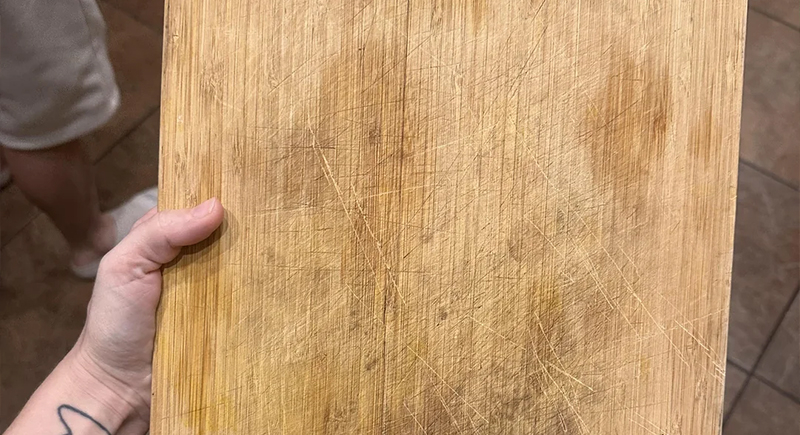
Credit: reddit
Chopping boards, especially those made of wood or bamboo, can harbor mold. Every knife cut creates tiny grooves where juices, water, and food particles hide. Boards also often stay damp longer than they seem, and even plastic cutting boards are not safe.





